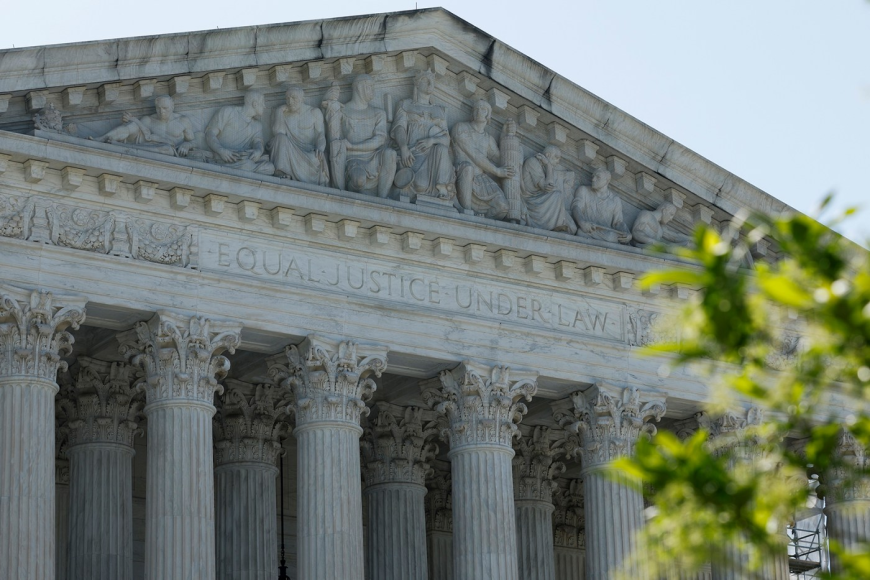Editorial: High court not as divided as liberal critics might think
The number of unanimous decisions has been on the rise, undermining the thesis that the GOP-appointed justices are “an existential threat to democracy,” as The New Yorker put it last year.

Conventional wisdom among leftist activists is that the U.S. Supreme Court has become hopelessly dominated by conservative ideologues more interested in right-wing “judicial activism” than in following the law. But this is a woefully inaccurate portrayal steeped in partisan rancor over President Donald Trump and his appointments to the court.
Progressives who favor radically overhauling the judiciary to ensure preordained rulings that accommodate their preference for an activist federal government have in recent years openly sought to undermine public confidence in the court. They attack justices — only the “conservatives” — on ethical charges and advocate for court packing or other extreme measures.
But facts are stubborn things. In reality, the number of unanimous decisions has been on the rise, undermining the thesis that the GOP-appointed justices are “an existential threat to democracy,” as The New Yorker put it last year.
“The media love to play up dissent at the court,” Elizabeth Slattery wrote for National Review in 2023, “especially if it can be depicted as stemming from a partisan or right–left ideological divide.” But, she added, “the Supreme Court is not as divided as many in the media would have you think.”
In fact, during the 2022-23 term, 48% of cases were decided unanimously. The number increased the following term to 55%. All three “liberal” justices were in the majority at least 80% of the time during the 2023-24 session.
The trend has remained steady during the current term. The justices still have a handful of cases remaining before breaking for their summer recess, many of which will indeed be contentious and include vigorous dissents. Notably, however, the court issued six decisions recently and five were unanimous. The cases addressed a few hot-button issues — gun control, religious freedom and reverse discrimination — highlighting that the justices often agree on the applicable law even on potentially controversial topics.
In fact, 6-3 rulings that break along neat political lines are rare. Even decisions with the potential to be divisive can create unusual alliances. Last year, for instance, the justices ruled 6-3 that federal prosecutors had improperly charged Jan. 6 rioters with obstruction. Justice Ketanji Brown Jackson, a reliably liberal vote, joined the majority, and her colleague Any Coney Barrett, a Trump appointee, filed a dissent.
Attacks on the legitimacy of the Supreme Court are attacks on an independent judiciary, a cornerstone of a democratic republic. But they’re even more insidious when they’re based on partisan and false narrative of dysfunction and judicial impropriety.
Las Vegas Review-Journal/Tribune News Service

What's Your Reaction?




































































































